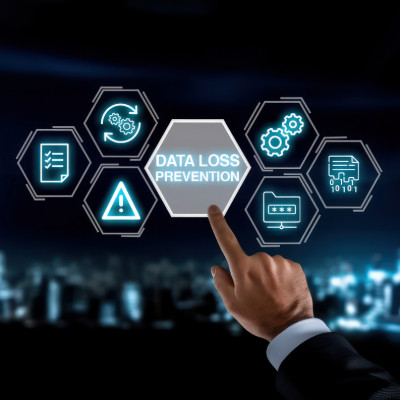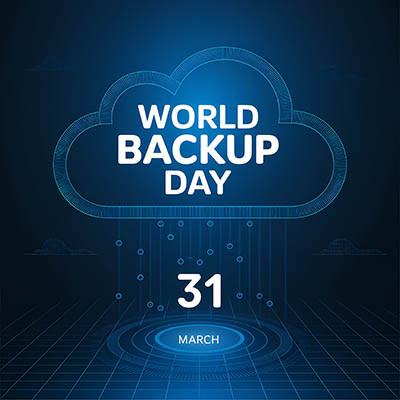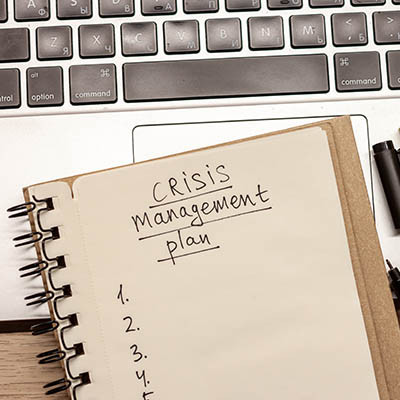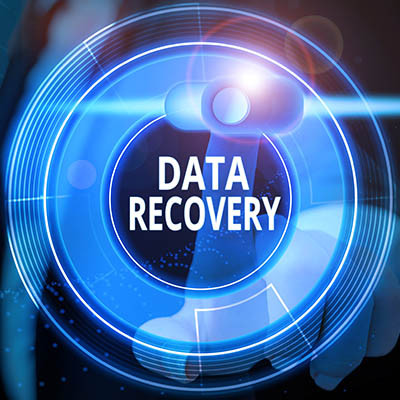Cambium Data Blog
Data backup is one of those vital tools your business needs that it’s impossible to get away from. If you don’t have it, your company is at risk of losing countless years of progress, and if you don’t have contingencies in place, even its future could be in question. Here are three vital types of data that your business needs to protect with data backups.
Of course, you should have all data backed up; there are three important types just to prove our point.
Data backup can be a bit nerve-wracking to implement, especially as a small business owner with limited knowledge of business IT solutions. One best practice we like to plug for SMBs is the 3-2-1 backup rule, which sounds more complicated than it really is. Today, we’re exploring the details of this approach and how it can change the way you think about backup and disaster recovery as a whole.
While it might not be the most glamorous topic, losing critical information—customer records, financial data, intellectual property—can severely disrupt, or even cripple, a business. At Cambium Data, we specialize in proactive business technology support for organizations, and we consider a robust backup and recovery strategy non-negotiable for resilience.
Think of your data as a core business asset. Protecting it requires a deliberate and multi-layered approach. Here’s a breakdown of how to build a backup and recovery plan that truly safeguards your operations.
Without technology, your business cannot run the way it needs to. If a disaster strikes, there is no telling how much it could affect operations. For example, a hurricane or a cyberattack could disrupt operations to the point where your business cannot function the way it needs to. Today, we want to highlight some of the ways that a disaster recovery system can help you overcome these hurdles.
You’ve likely seen many blogs on our feed about data backup and disaster recovery, and that is because it’s an incredibly important solution for businesses of all kinds. Today, we want to look at the 3-2-1 rule and how it can help your business preserve its important assets in the event of a disaster.
What’s the difference between a power strip and a surge protector? It turns out, quite a lot, and the difference is much more than just the number of plugs on it. Let’s discuss some of the biggest ways that these two important pieces of power supply technology differ and how you should determine which one best suits your needs.
If you’ve spent any time at all reading our blog—or even looking at the topics we cover, for that matter—you’ve seen how often we talk about the importance of your business’s cybersecurity. The fact that we have to is frankly a little depressing. Trust me, I’d love to be able to spend all my time bringing your technology to the next level, instead of keeping ne'er-do-wells from undermining it. However, the reality is that every organization needs to focus on its cybersecurity, and this is becoming more and more the case all the time.











